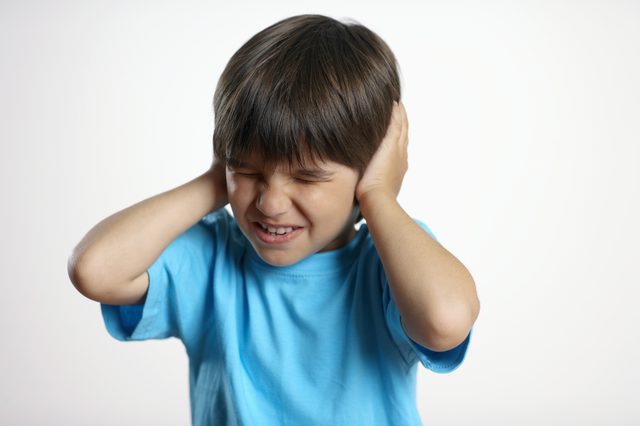Archive for February 2019
Sensory Integration (Part 8): Praxis
Sensory integration – Overview of Praxis Ayres describes praxis as “A uniquely human skill requiring conscious thought and enabling the brain to conceptualise, organise and direct purposeful interaction with the physical world. Thus, the ability by which we figure out how to use our hands and body in skilled tasks like playing with toys, using…
Read MoreSensory Integration (Part 6): Postural Control
Postural stability Postural control assists us to maintain postures against gravity. Stability is necessary when we are sitting, standing and moving. It gives us the safety and security to move, if a child does not have this security the child may become emotionally insecure. Postural stability is influences by 4 systems: visual, vestibular, proprioception and…
Read MoreSensory Integration (Part 5) The Proprioceptive System
The proprioceptive system has an influence on: Visual discrimination Tactile system Vestibular system Motor control Motor planning Sequencing of movements Grading of movement (force, speed and timing) Postural stability Emotional security Body awareness Alignment of body parts Registration This system, like the vestibular system, is automatic and not part of our conscious awareness. Bundy says…
Read MoreSensory Integration (Part 4): The Touch System
THE ANATOMICAL REVIEW – REGISTRATION The touch system has the biggest receptor area of all the senses. We need constant touch to keep us organized and functioning. We register touch through receptors in our skin. We register light touch, deep pressure, skin stretch, vibration, movement, temperature and pain from tactile receptors. THE TACTILE SYSTEM…
Read MoreSensory integration (Part 3) – The Auditory System
THE ANATOMICAL REVIEW – REGISTRATION Sound waves enter the ear canal through the pinna. The waves now move to the tympanic membrane. After the tympanic membrane is the middle ear where the auditory waves travel over the incus, stapes and malleus. The waves now move into the inner ear into the cochlea. The cochlea has…
Read More




